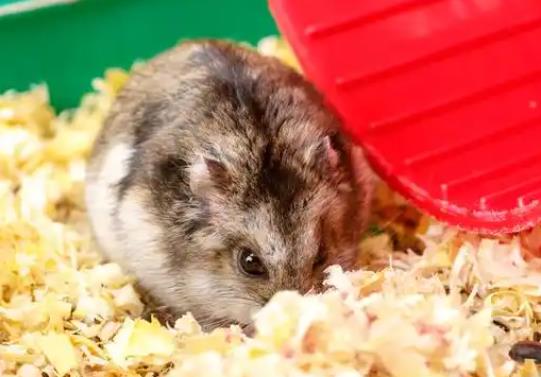Hamsters generally experience molting periods in spring and autumn. From March to May and from August to October each year are the times when hamsters molt most frequently. During this period, hamsters shed their old fur and grow new ones to adapt to the climate changes in different seasons. Here are some precautions regarding the hamster molting period:

I. Normal Phenomena during the Molting Period
During the molting period, hamsters shed a large amount of fur, but this is a normal phenomenon. New fur usually grows back in a short time, and it won't cause the hamster to go bald.
II. Dietary Precautions during the Molting Period
During the molting period, it's essential to ensure a balanced diet for hamsters. Provide a wide variety of foods, such as special hamster feed, fresh vegetables (in moderation), etc., to supplement the necessary nutrients like protein and vitamins. Malnutrition may lead to hair loss and sparse fur in hamsters.
III. Other Precautions
Apart from dietary adjustments, keep the hamster cage dry and clean to prevent the hamster from getting skin diseases due to a humid or harsh environment.
The hamster's living environment should be spacious enough to avoid excessive stress - induced hair loss.
If you notice that the hamster is frequently scratching a certain part, carefully check if it has contracted a skin disease and treat it promptly.
In conclusion, understanding the hamster molting period and its precautions helps to take better care of hamsters, ensuring their healthy and happy growth.
